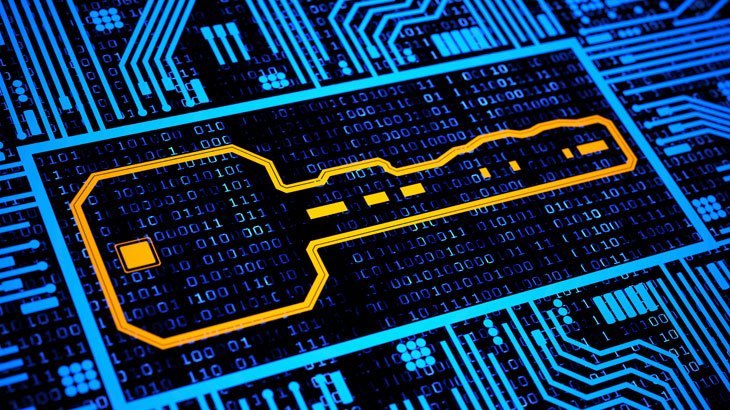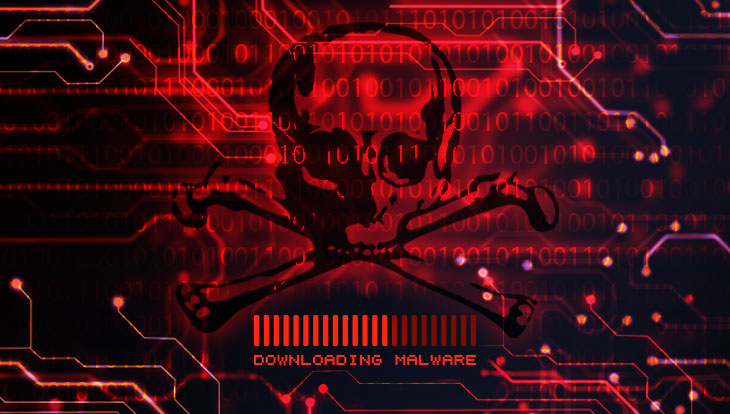Update, Update, Update
Ensuring third-party applications and operating systems are updated in a timely fashion is critical. It is during these updates that any known vulnerabilities are patched, closing security gaps from hacker exploitation. By putting off these updates, SMBs are giving hackers an open invitation to infect their devices and steal company and consumer data.
Cyber Security Training
Employees can be a strong asset or the weakest link. Unfortunately, when it comes to cyber security, they’re often the latter. Employees are typically uneducated on current cyber
Deploying a Proactive Antivirus
Most of today’s cyber security solutions are reactive. They place a heavy emphasis on endpoint detection and response (EDR). In addition, they use an outdated malware detection methodology, known as a blacklist. This list will allow for all unknown files to run, only blocking known threats. Unfortunately, with new threats evolving every day, keeping the blacklist updated is impossible. Instead, SMBs must focus on being proactive. The best proactive malware detection approach is the
Data Backups
Technology is great and has come a long way in the last 20 years. However, that doesn’t mean all of the “hair pulling moments” have been resolved. Whether it is inopportune timing for an update, a program fails, or the hard drive crashes — there will be times backups are critical. SMBs should update their backups at least daily, possibly every hour, depending on business needs. Additionally, these backups should be stored on an external device or cloud-based service. If opting for an external device, it is important the backup device is only connected to the PC during the backup process.




